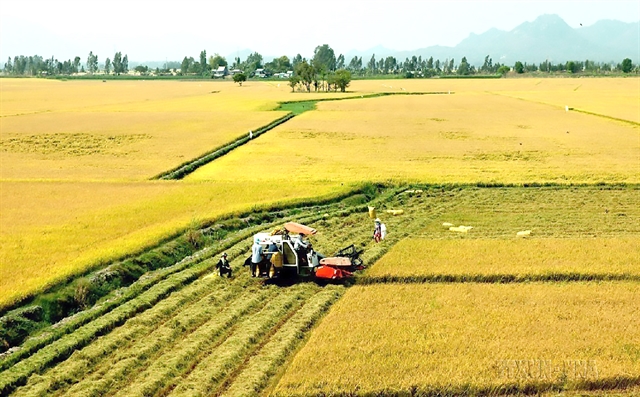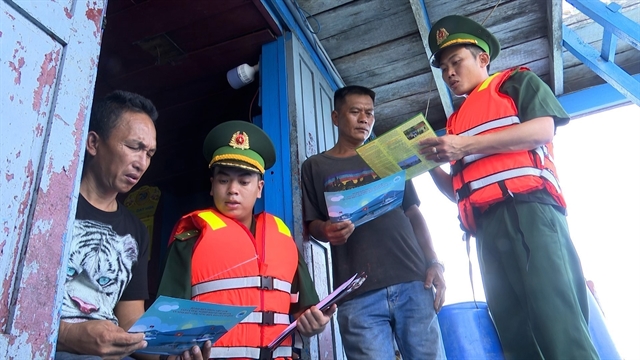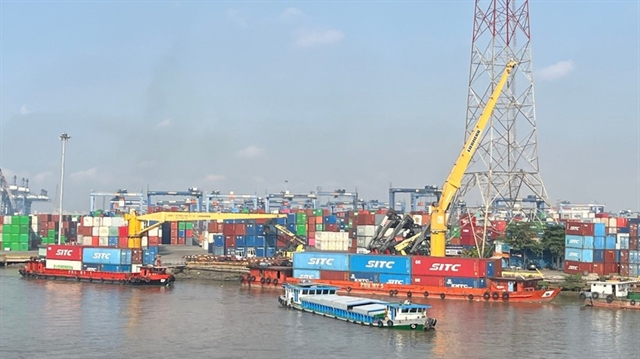 Society
Society

 |
| Large-scale rice fields in An Giang Province’s Tịnh Biên District. — VNA/VNS Photo Ngọc Hà |
AN GIANG — An Giang Province is rapidly establishing linkages between various agricultural stakeholders to produce high-quality products that meet market requirements.
Trương Kiến Thọ, deputy director of the Cửu Long (Mekong) Delta province’s Department of Agriculture and Rural Development, said favourable conditions would be created for linkages especially for rice and glutinous rice.
The department would help companies work with localities on sowing schedules for rice crops, he said.
“The department is calling on companies to link up [with farmers] and buy vegetables with high value such as young corn and vegetable soybeans.”
Last year seven companies tied up with farmers who grew 90,640 tonnes of vegetables on 4,530ha.
Ten others had contracts with fruit farmers that guaranteed they would buy their entire produce from 9,950ha, mostly of mangoes, bananas, longan, durian, jackfruit, and citrus fruits.
There were also tie-ups to buy rice and glutinous rice grown under the large-scale fields programme on 115,000ha, 45,000ha more than in 2021.
The province targets having 30 companies with contracts with farmers and co-operatives growing rice and glutinous rice on 408,320ha and eight others for 9,200ha of vegetables this year.
Companies have already guaranteed the purchase of mango and durian grown on 2,230ha.
The province has 211 agricultural co-operatives with a total of 13,269 members and 960 co-operative groups with a total of 15,213 members.
It is granting production codes for fruit and other crop growing areas to meet export demand.
To get them, there has to be a minimum area of 10ha and farming on it should conform to Vietnamese good agricultural practices (VietGAP) or other equivalent standards.
The province had issued the codes to 434 areas where rice, fruits and vegetables are grown as of last year, and their produce is exported to the US, South Korea, New Zealand, Japan, China and some other markets.
It plans to issue 617 more for rice and glutinous rice, 130 for vegetables and 83 for fruits this year.
It has identified four main fruits - mango, banana, longan, and citrus varieties.
Nguyễn Thị Lê, deputy head of the province’s Plant Protection and Cultivation Sub-department, said granting the codes helped develop specialised areas for growing fruits, including key mango varieties such as Ba Màu, Hoà Lộc, and Keo.
The province’s fruit growing areas have expanded and quality has improved in recent years because of the use of advanced techniques and establishment of linkages between farmers and agricultural companies, according to the department.
Nguyễn Sĩ Lâm, its director, said the issuance of production codes and inspection and management of farming areas played an important role in the export of agricultural products and achieving safety, high quality and origin traceability.
In An Giang, 65 per cent of the population live in rural areas and farmlands make up more than 80 per cent of its area.
The agricultural sector achieved 3.1 per cent growth last year as against a target of 2.7 per cent. — VNS




